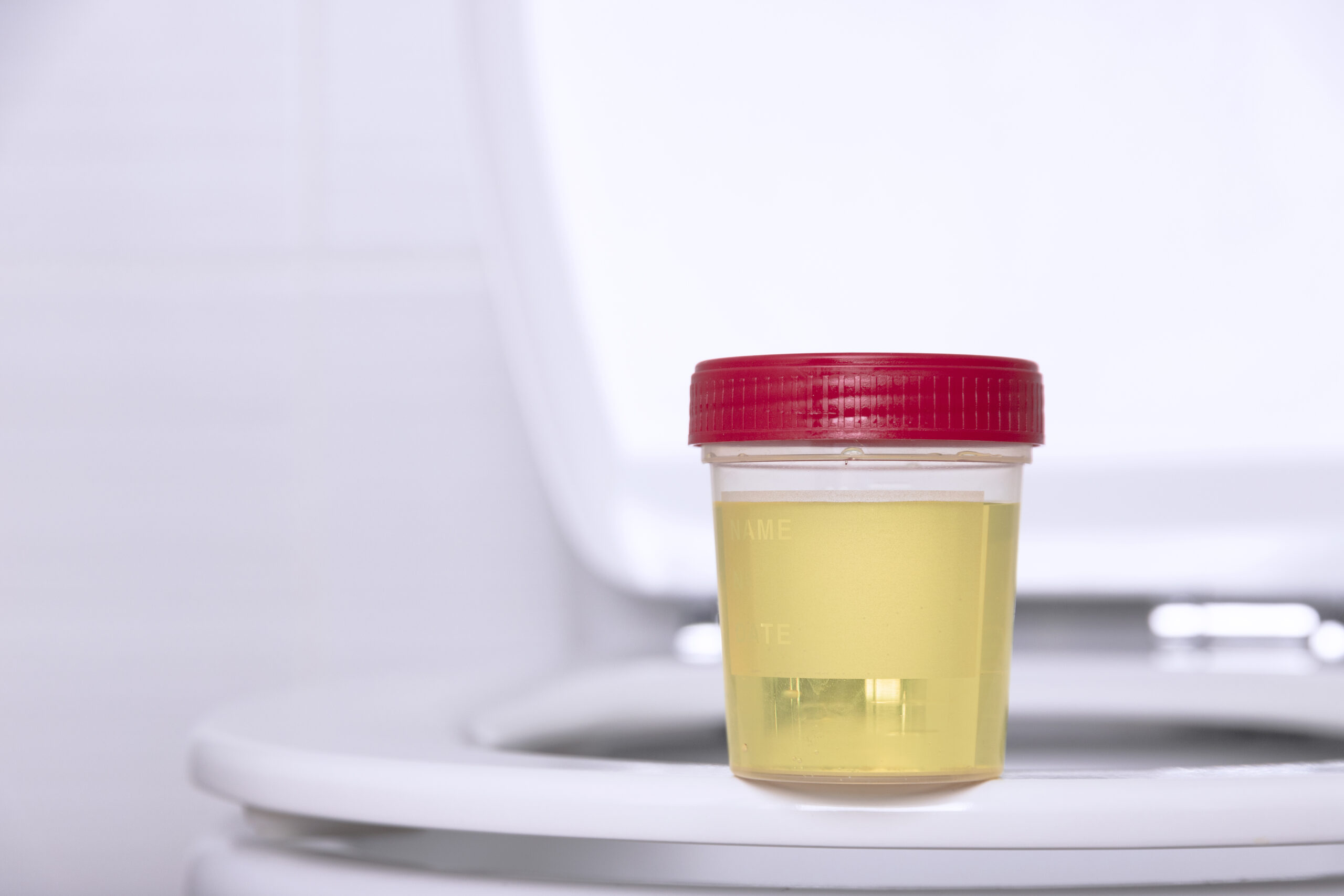- Immediate contact :
- +1-323-988-5889
- info@sonosif.com

The Use of Ultrasound Scanners in Skin Tumor Removal
February 15, 2022
Exploratory laparotomy
February 15, 2022Historically, surgical extraction was used to remove intravascular foreign bodies (FBs) in veterinary patients.
The majority of intravascular foreign bodies are caused by the dislodgement of intravascular catheters or other equipment that has been inserted into the vasculature during the performance of a specific intervention.
The complication rate associated with intravascular FB retrieval is low, with failure to retrieve and transient arrhythmias being the most common.
The snare loop technique, helical baskets, and intravascular forceps/graspers are the most commonly used techniques for grasping an intravascular external body.
According to one study, surgical removal of FBs can be intrusive, costly, and technically difficult. Nonetheless, ultrasound has become a standard in the identification of Foreign Bodies and can be used to guide the extraction of Foreign Bodies in a minimally invasive manner.
The 7 Inch Screen Waterproof Portable 2-10MHz Veterinary Ultrasound Scanner Vet-4, for example, is highly recommended for use by veterinarians due to its working frequency that ranges from 2.0MHz to 10MHz.
Furthermore, without requiring surgery, the doctor can use a Waterproof Portable Veterinary Ultrasound Scanner to determine whether there is free blood or fluid inside the abdomen, which could indicate internal bleeding or to guide a biopsy needle to a suspicious lump.
Sharp or irregularly shaped items that may be held in the stomach because they are either too large to pass through the pylorus or their sharp edges become impacted in the antrum, pylorus, or cardia can be examined using the Vet-4 .
To summarize, ultrasound-guided removal of foreign bodies lodged in the superficial soft tissue is a viable surgical alternative.
Reference: Ultrasound-guided removal of soft tissue foreign bodies in companion animals,





